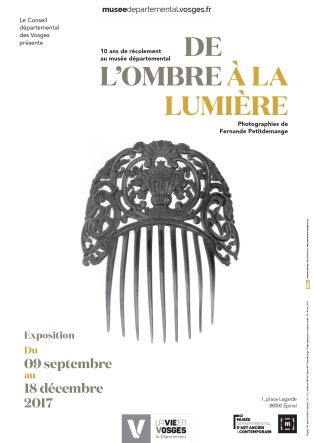- Découvrez les collections
- Notice d'oeuvre



Aller plus loin :
Nancy, 1803 ; Vanves, 1847
1833
H. 35,5 cm ; l. 54,8 cm
M0536_2017.0.7
Cette lithographie est la troisième d’une série de trois planches, publiée dans le journal La Caricature morale, politique et littéraire (n° 133), du 23 mai 1833. Grandville s’est représenté au centre en train de dessiner les spécimens au Muséum d’histoire naturelle, désignés par des noms fantaisistes inscrits sur des étiquettes. Cette troisième planche est la dernière de la Grande ménagerie royale, du nom d’un album auquel Grandville avait collaboré en 1830. Le dessinateur puise son inspiration dans l’actualité : Louis-Philippe ordonne l’achat de la bibliothèque du savant Cuvier après son décès, afin d’enrichir le projet d’extension du Muséum d’histoire naturelle. Le titre de la série rend d’ailleurs hommage à l’ouvrage de Cuvier. On retrouve la parodie chère à Grandville dans l’adaptation de son bestiaire aux personnalités politiques du moment dans lequel chaque attribut humain ou animal s’adapte pour faire ressortir les traits principaux des personnages. Lors de la parution du journal, tous les personnages étaient identifiables grâce à la lithographie légendée ajoutée au journal par l’éditeur.
This print is the third in a series of three plates published in the journal La Caricature morale, politique et littéraire (no. 133), 23 May 1833 issue. Grandville has positioned himself in the centre of the picture at the Natural History Museum, drawing specimens labelled with fanciful names. This third plate is the last in the series La Grande ménagerie royale (The Grand Royal Menagerie), named after an illustrated book on which Grandville collaborated in 1830. The illustrator draws his inspiration from topical events – Louis-Philippe had ordered the purchase of the library belonging to the scientist Cuvier after his death in order to enhance the project to extend the Natural History Museum. Furthermore, the title of the series is a tribute to Cuvier’s book. Grandville’s love of parody is evident in the way he adapts his bestiary to notable politicians of the day, using each human or animal attribute to emphasize the key traits of his figures. When the journal was published, the figures could all be identified using the key to the print added to the journal by the publisher.


 Copyright© WebMuseo 2017 - 2024
Copyright© WebMuseo 2017 - 2024